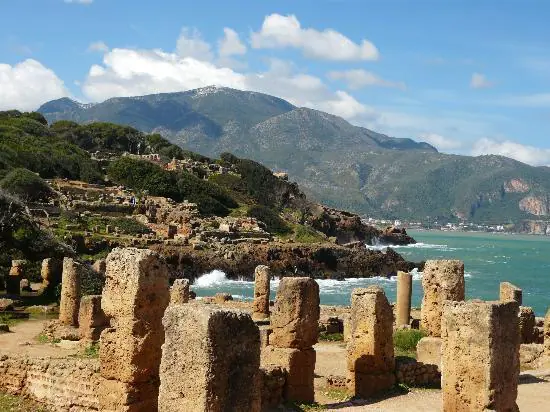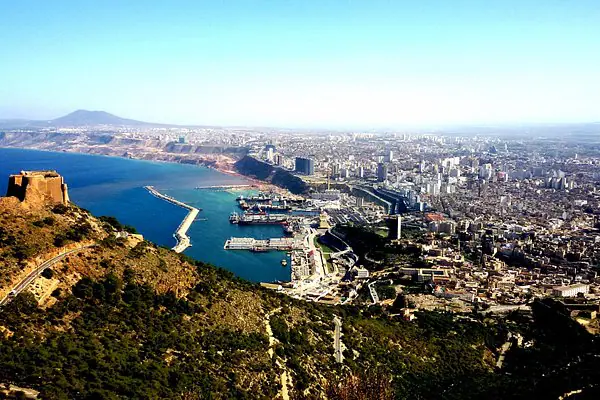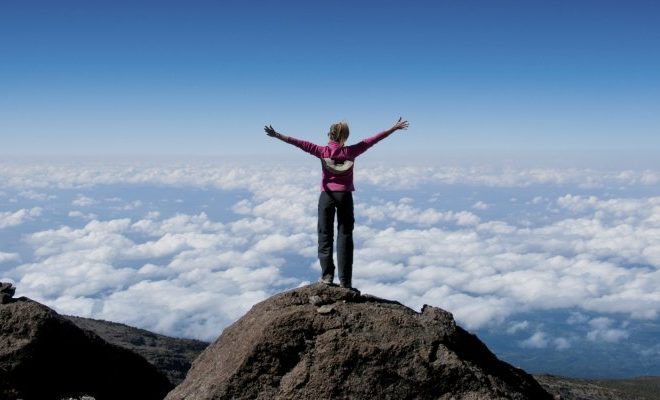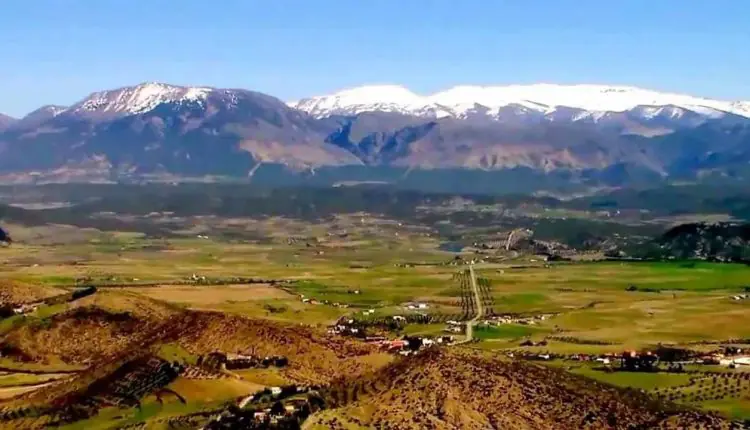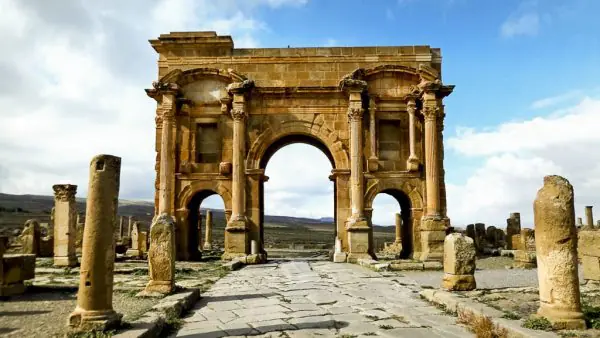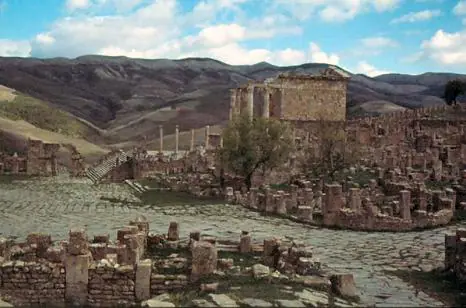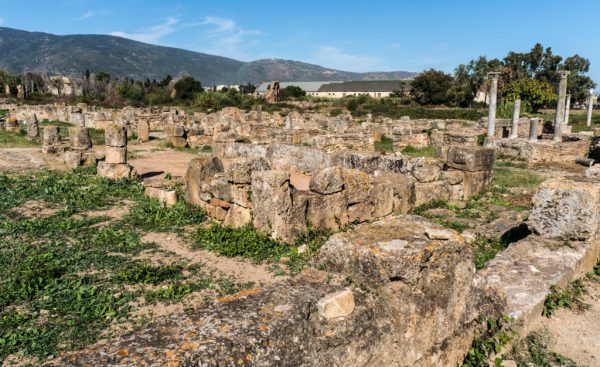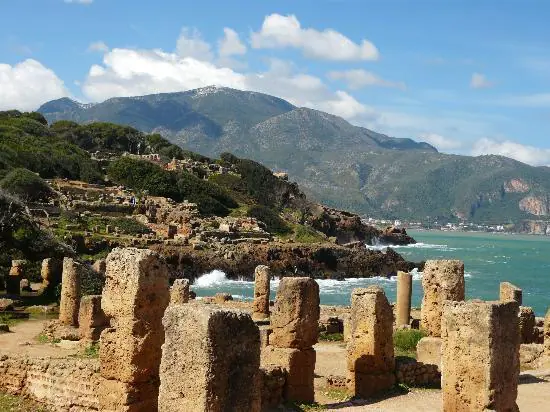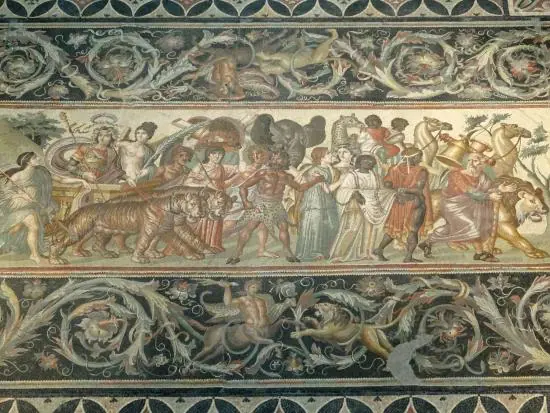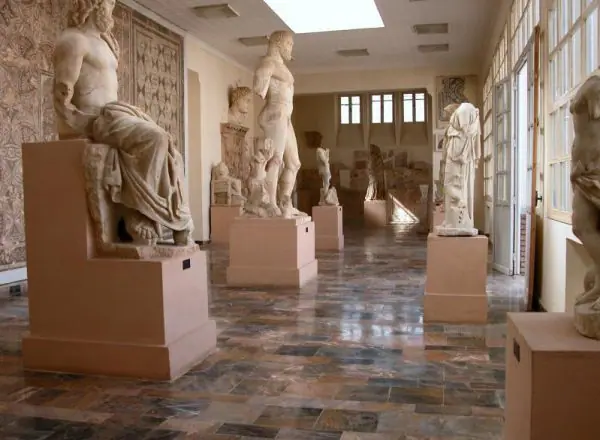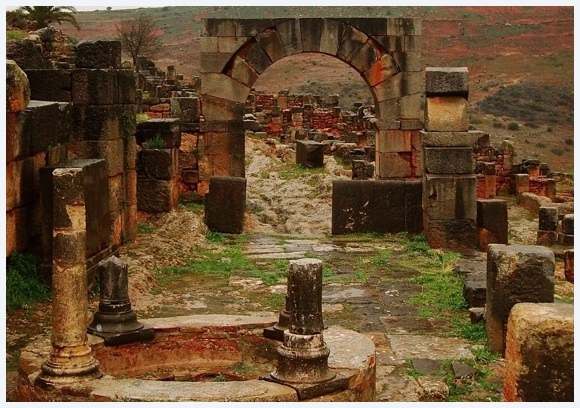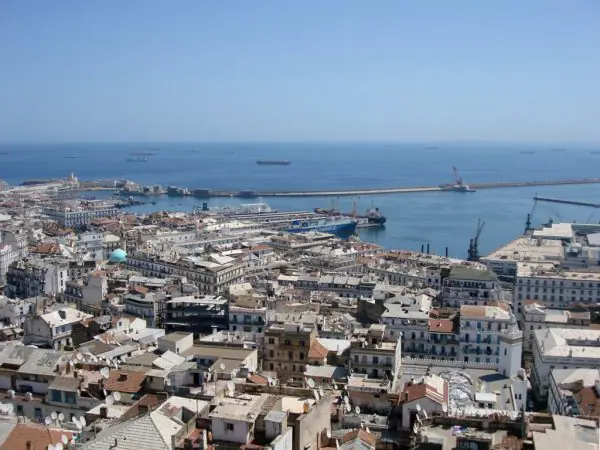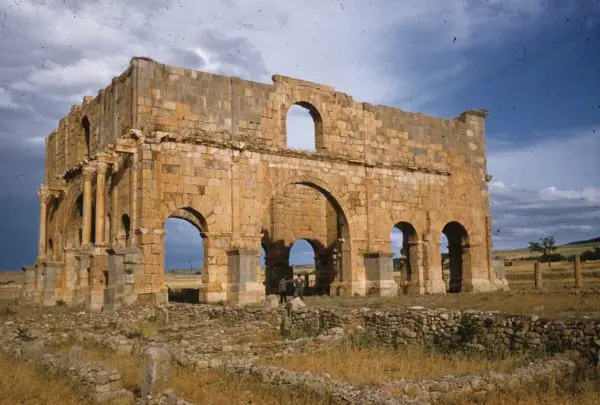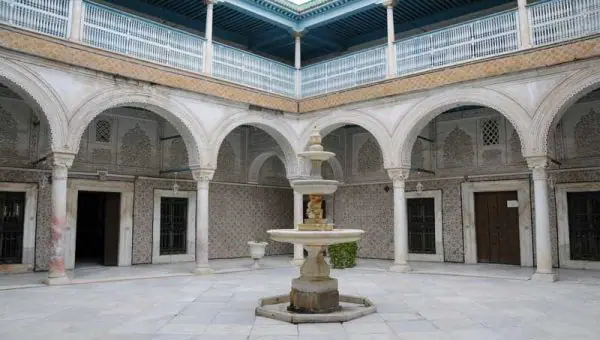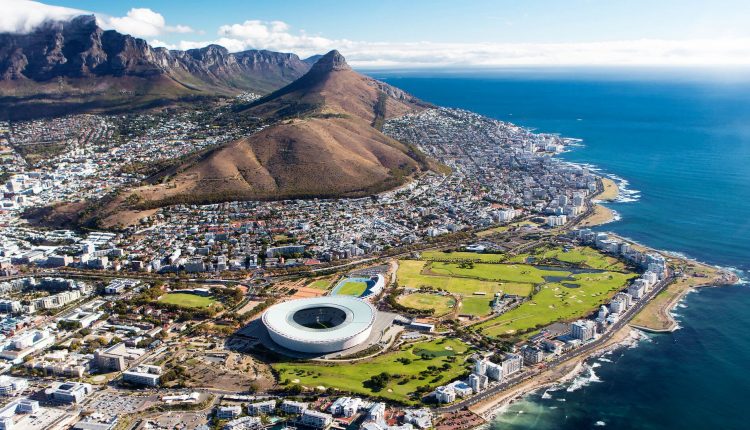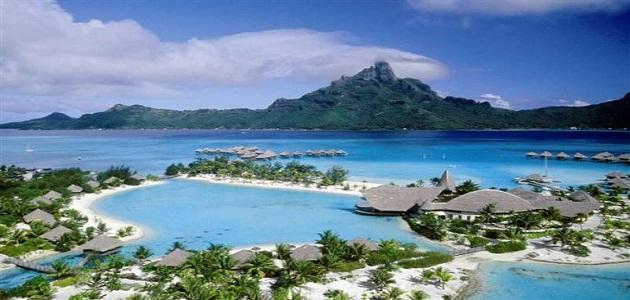The most important tourist attractions in Algeria
Tourist attractions in Algeria is the largest country on the continent of Africa and a short distance from the continent of Europe. North is filled Algeria With charming urban cities such as Algiers and Constantinople, in addition to some of the most beautiful Roman sites in the world such as Timgad and Gemila, which are two wonderfully preserved Roman cities. Another factor in Algeria's attraction is the Sahara Desert, which is a sea of golden sand surrounding Timimoun and the Red Mountains in the south, which are the legendary desert lands. But with all its peach-coloured hills and great ancient remains, perhaps the people of Algeria themselves, who welcome visitors with warmth and curiosity, are the ones topping the wonders of this beautiful country. If you, dear traveler, want easy adventures and exciting cultural experiences, then you should go to Algeria immediately. Here we will help you make your list of places that you cannot miss:
Timgad
prepare leftovers Timgad One of the most beautiful Roman sites in existence and extends as far as the eye can see across a flat land that is frozen and deserted in the winter and hot and dry in the summer. Preserving the site was excellent because it is one of the UNESCO archaeological sites, so take your time to wander slowly and get to know the place and you will find it back to life. The entrance leads to a corridor that passes through a museum that is unfortunately still closed to visitors and contains an impressive collection of more than 200 mosaic panels, some of which are the size of a modern house!
Read also:Tourism in the ComorosGemila
You can see the amazing village of Gemila in only half a day due to its small size, but try to spend more time contemplating the temples and markets, wandering around the rooms of the Roman baths, or lying in the shadows of the walls of the villa, listening to the sounds of the past, and you will find that this ancient archaeological site has come back to life. You will also find among these remains a large palace built in the fifth century AD that includes two gardens and a swimming pool, which was used as a fish tank.
Hippo Regius
Hippo Regius is also a wonderful, huge Roman site known as “Hippon”, which extends over a land full of flowers, rosemary, olive trees, birds and sheep, overlooking the Church of St. Augustine. There used to be a residential area near the entrance and the waterfront, and you can visit some of the remaining villas. The road continues to the Christian area where the huge church can be seen, then comes the market where slaves were bought and sold, then to the main square surrounded by several shrines and a fountain in the north and several ancient statues. There are many other remains in the place, and you can explore the green valleys that may contain ancient walls, pieces of mosaics, or an ancient theater.
Tipasa Park
Read also:Tourism in Uganda and its most prominent tourist attractionsThe founders of Tipasa Park clearly had a keen eye for beauty as the park slopes down through palm trees to a small beach. This natural beauty with sand walls and the Roman theater where the battles were brought back to life and the remains of the markets is what makes Tipaza stand out as the best Roman archaeological sites in North Africa.
Setif Museum
Setif Museum is one of the best museums in Algeria Tourists are forced to stop in the city of Setif to see it. The exhibits are well displayed, properly lit, and labeled in French. There are many cabinets filled with pottery and lamps from Roman Setif, but the real stars of the museum are the mosaic panels on the ground floor. One of these paintings represents the Triumph of Venus. It is a painting dating back to the fourth or fifth century AD, in which Venus sits in a shell covered with jewels and surrounded by monsters and angels.
Cherchell Museum
This museum includes the best statues and mosaics in Algeria Among the most famous are the marble busts of the royal family of Juba II and a rare painting of Juba's mother-in-law, Cleopatra, in addition to the statue of Apollo made of white marble, which is a copy of the original Greek statue dating back to the fifth century AD. The mosaic group includes a scene from Odessa and his followers, in addition to wonderful agricultural scenes.
Read also:Activities in the valley of Jana Dahab, Egyptteddys
The Roman city of Tedes is located on a mountain slope, 30 km from Constantinople, and it is one of the most beautiful Roman cities in Algeria. The remains themselves are worn out and cannot stand up to some of the other Roman remains in the area. There has been a settlement on the site since the Berbers in the Neolithic era, but it was the Romans who built the Teditanerum Palace, which is part of a series of fortified villages that surrounded Constantinople and worked to protect it. The Romans came to the region during the era of King Augustus, and they were the ones who built most of what can be seen today during the third century BC.
the stalk
The Kasbah is the beating heart of the capital and is a narrow, sloping maze of streets west of Martyrs' Square. There are several picturesque Ottoman palaces that you can explore in the area, especially around the Ketchawa Mosque, the best of which is Dar Hassan Pasha. These old neighborhoods witnessed the worst battles during the war Algeria Today, the Kasbah adorns the place and encourages visitors to wander around it and enjoy its solidity during its painful past.
lampases
Lampases was in the past the Roman capital and sometimes a partner of Timgad and its enemy at other times for a long time. But the site has disappeared from most tracks, and visitors usually only see it from the window of a car or bus when they pass between Batna and Timgad, and this is very unfortunate because it is a quiet and sad site in the midst of a spring of wild flowers. In the past, the site consisted of a military camp, a military base, several barracks, a hospital surrounded by a wall, watch towers, and several residential camps outside. As for the Roman theater in the east, several hundred kilometers away, it was built in 169 BC and could accommodate 12,000 spectators until France seized it to build a prison that is still in use.
Hassan Pasha House
Dar Hassan Pasha bears the name of its original owner and is one of the largest palaces in the city. The building now houses a collection of illuminated manuscripts and contemporary calligraphy by artists from across North Africa and the Middle East. Hassan Pasha was ruler Algeria A man with a sense of purpose, in 1795 AD he signed a peace treaty with the United States of America guaranteeing the safe passage of the Algerian people in its waters. Before that, in 1791 AD, he began building his palace on the edge of Al-Fasba, but far from the beach, which was weak and wet in the winter. The house was converted during the French occupation into the governor's winter residence and was redesigned so that, unlike other large houses in the area, it has a European-style front facade. The palace also hosted Emperor Napoleon and Eugenie during their tour in 1860 AD.
